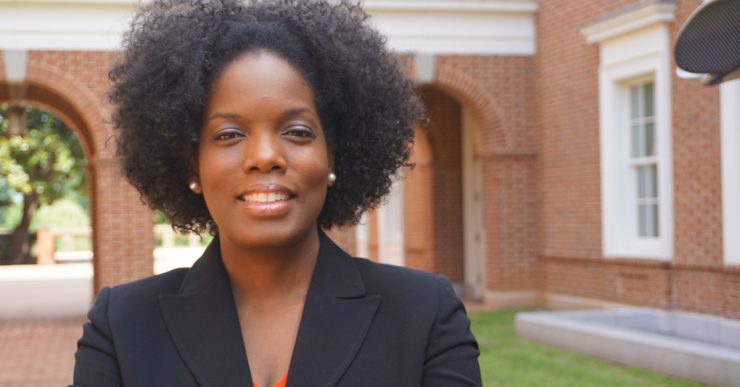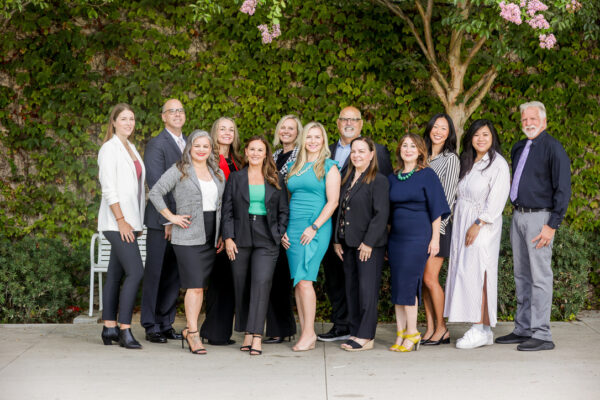If they don’t give you a seat at the table, bring a folding chair. – Shirley Chisholm, First Black Congresswoman and first Black woman candidate for a major party nomination for United States Presidency
The leadership milieu brims with opportunity for anyone seeking to embolden, guide, and serve their local community and the world writ large. In a 2019 bibliometric review of educational leadership research, researchers determined that among 22,361 articles published over nearly 60 years, authors most often focused on leadership for learning, school improvement, leading school culture, and leading teachers.
However, while exploring Black women educational leaders’ roles in securing K-12 and higher education students’ equitable access to academic and social opportunities, I ascertained that while we were pivotal in historical and present-day movements, the field was missing frameworks that fully represented the praxis of leaders who intentionally emboldened students from historically underserved communities.
While observing the metaphoric table and chairs occupied by established leadership models such as instructional leadership, social justice leadership, and transformational leadership, I had two options:
- continue to respectfully retrofit my research to conceptual models that coalesced leadership frameworks with racialized and gendered theories, or
- proffer a theoretical juxtaposition that purposefully names and uplifts the work of leaders who champion the realities and talents of students and communities who live in the intersection of race, gender, and class-based marginalization.
Driven by the historicity of Black educational excellence and the legacy of Black women scholars before me who took bold steps to make space for those who would come after them, I decided to pull up my folding chair –– and intersectional leadership was defined.
Intersectional leadership has evolved from a definition to a burgeoning framework. With several of my Black scholar femtors and mentors, both peer and intergenerational, I have further developed the concept by penning empirical and theoretical articles that outline and evidence the importance of intentionally engaging intersectionality as a cheesecloth through which researchers and practitioners can explore and operationalize specialized enactments of leadership. Our four-tenet articulation outlines that intersectional leadership:
- (a) is explicitly anti-racist;
- (b) is explicitly anti-sexist;
- (c) explicitly acknowledges the multiplicative influences of marginalization centering race and gender, and across planes of identity; and
- (d) explicitly leverages authority to serve and protect historically underserved communities.
While a canonical approach to leadership might suggest that the field’s schools of thought are finitely established, I believe that if we are to seriously inform the heterogeneity of ideas, we are all responsible for offering our nuanced perspectives in higher education. Simultaneously, I am committed to advancing students’ development in ways that motivate their resilience and authenticity as I prepare them to be leaders each semester.
There is an unassailable tradition of marginalization that affects the communities in which we work, learn, and live. In the presence of that reality, it is our charge to press on in the manner that Chisholm prescribed via her 1972 presidential campaign slogan –– we must remain “unbought and unbossed” in disciplines where there may not initially be room for us.
So, here I sit at the table, writing Black women, Black girls, and many who experience similar intersectional realities into existence –– in all academic and social spaces –– knowing we belong.
We, in and of ourselves, are text.




